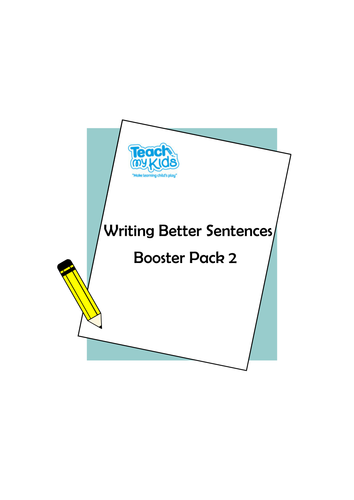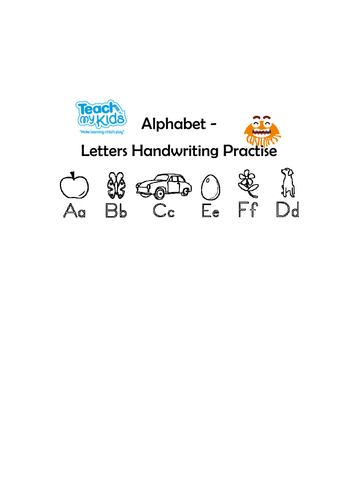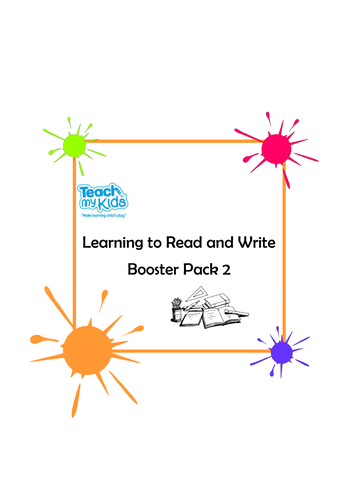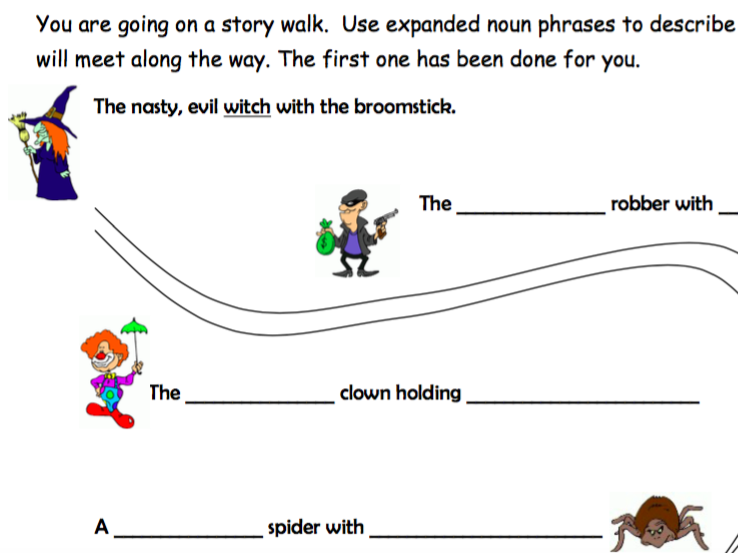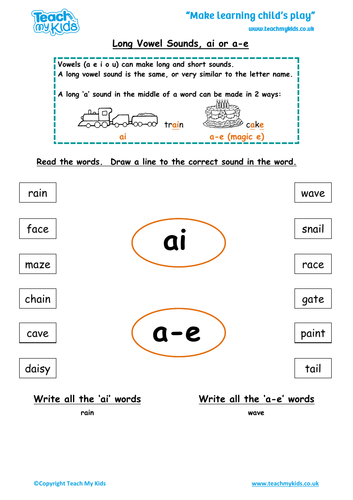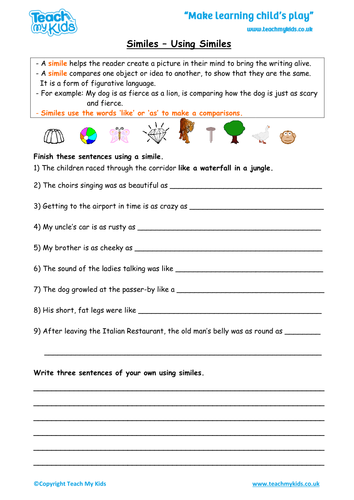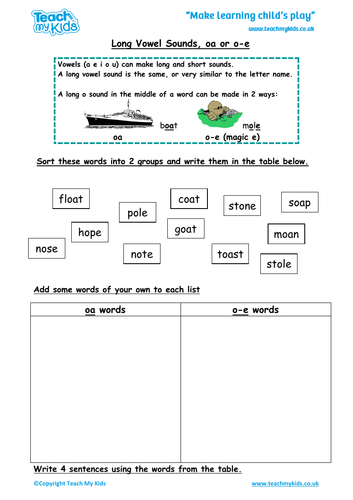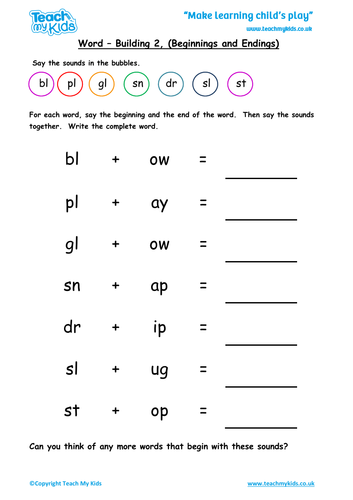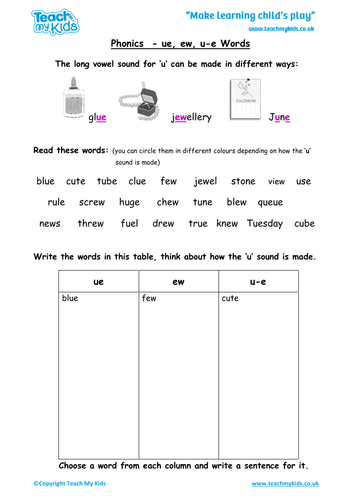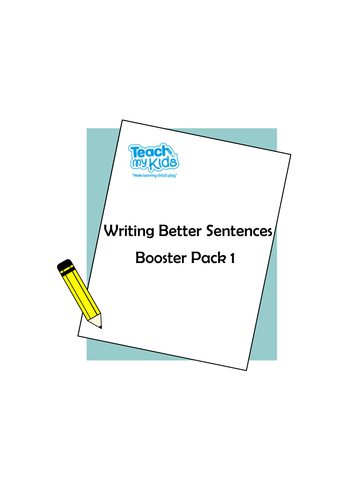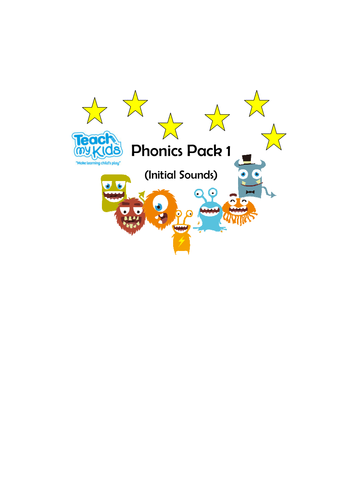Teach My Kids Shop
These resources have been created using my experience as a primary school teacher. They are designed in a way which allows children to understand a specific concept or skill, by being given an example or explanation to follow and activities to complete. The worksheets are clear and simple to follow, many of which have an extension activity.




